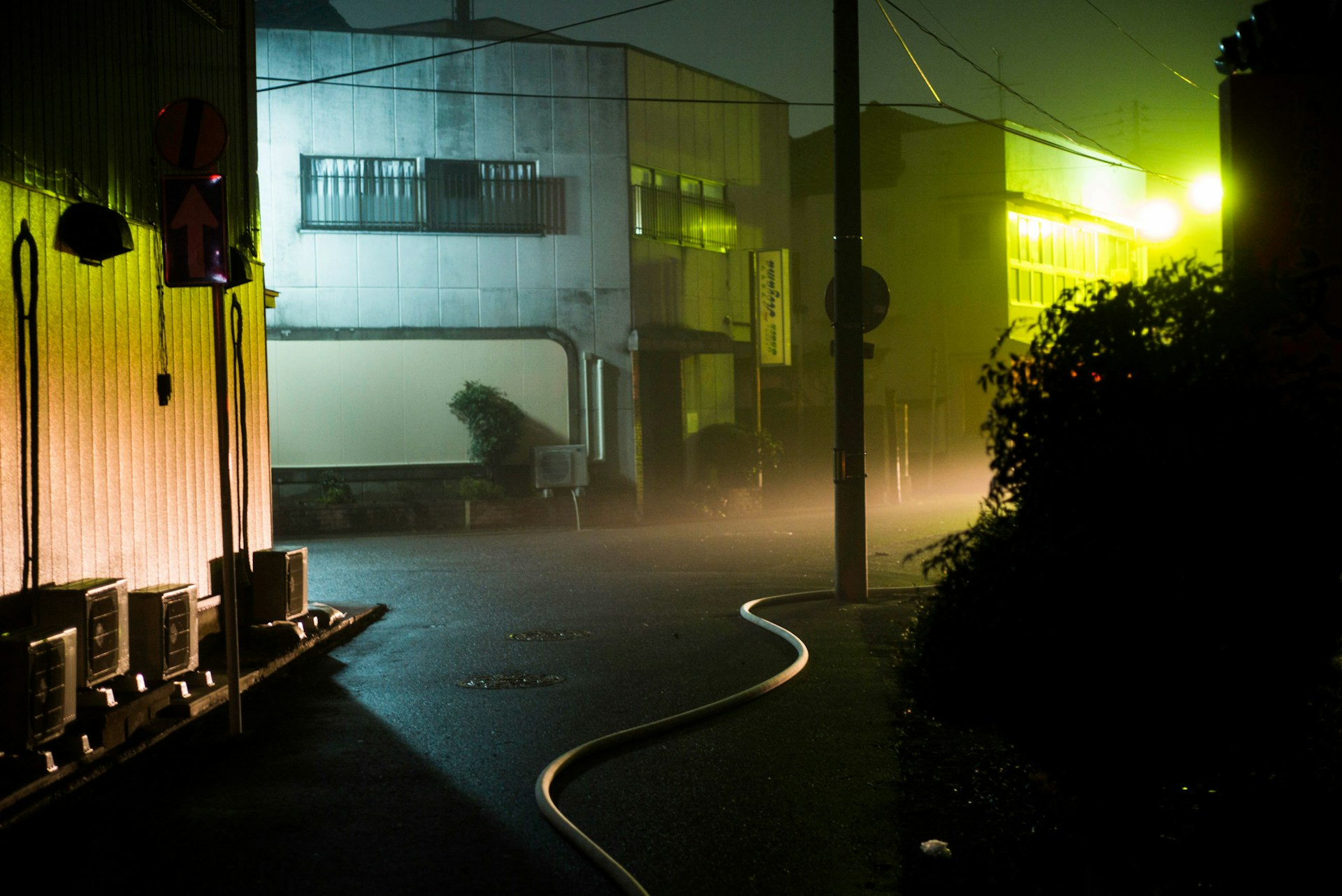
The ghostly aftermath of Japan's nuclear disaster
- Text by Dominic Nahr
- Photography by Dominic Nahr
I was in Egypt covering the 2011 revolution when, two days after Mubarak stepped down, my father passed away.
I travelled home to Hong Kong for the funeral, to face all the complications that come from a sudden death.
I remember being in an acupuncture session, covered in needles, when I got an urgent text.
A tsunami had hit the coast of Tōhoku, Japan. Before I’d even seen a report, I knew I had to get on a plane.

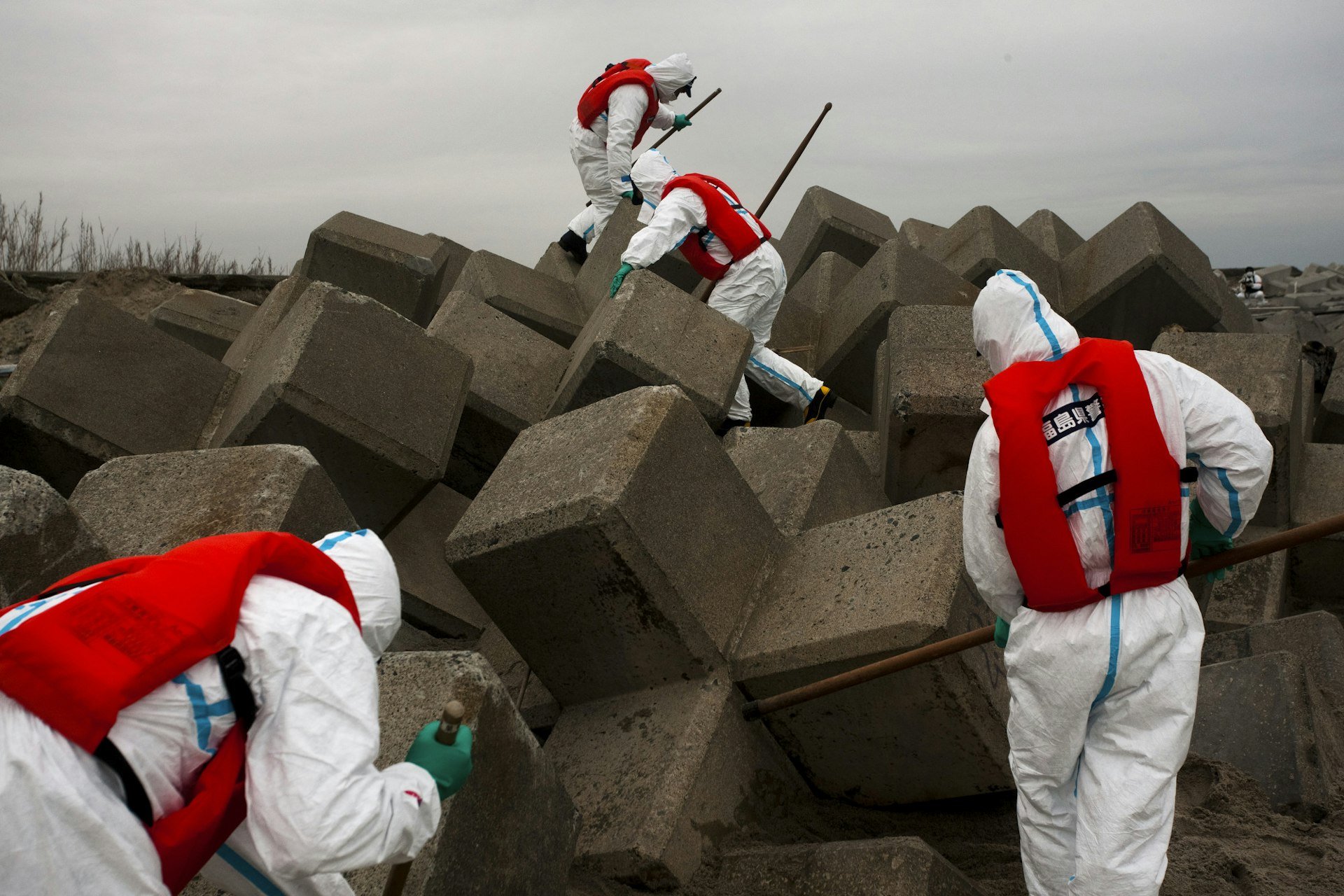
I’m used to covering war in places like Eastern Congo and Somalia, but what’s happening in Fukushima is more complicated.
The tsunami triggered nuclear accidents at reactors controlled by the Tokyo Electric Power Company (TEPCO). Residents within a 20km radius were evacuated, leaving 470,000 people displaced.
Not only do you have the problem of radiation, you have the mass movement of people, reports of illness and suicide. So from the beginning, I knew this was going to take a while.
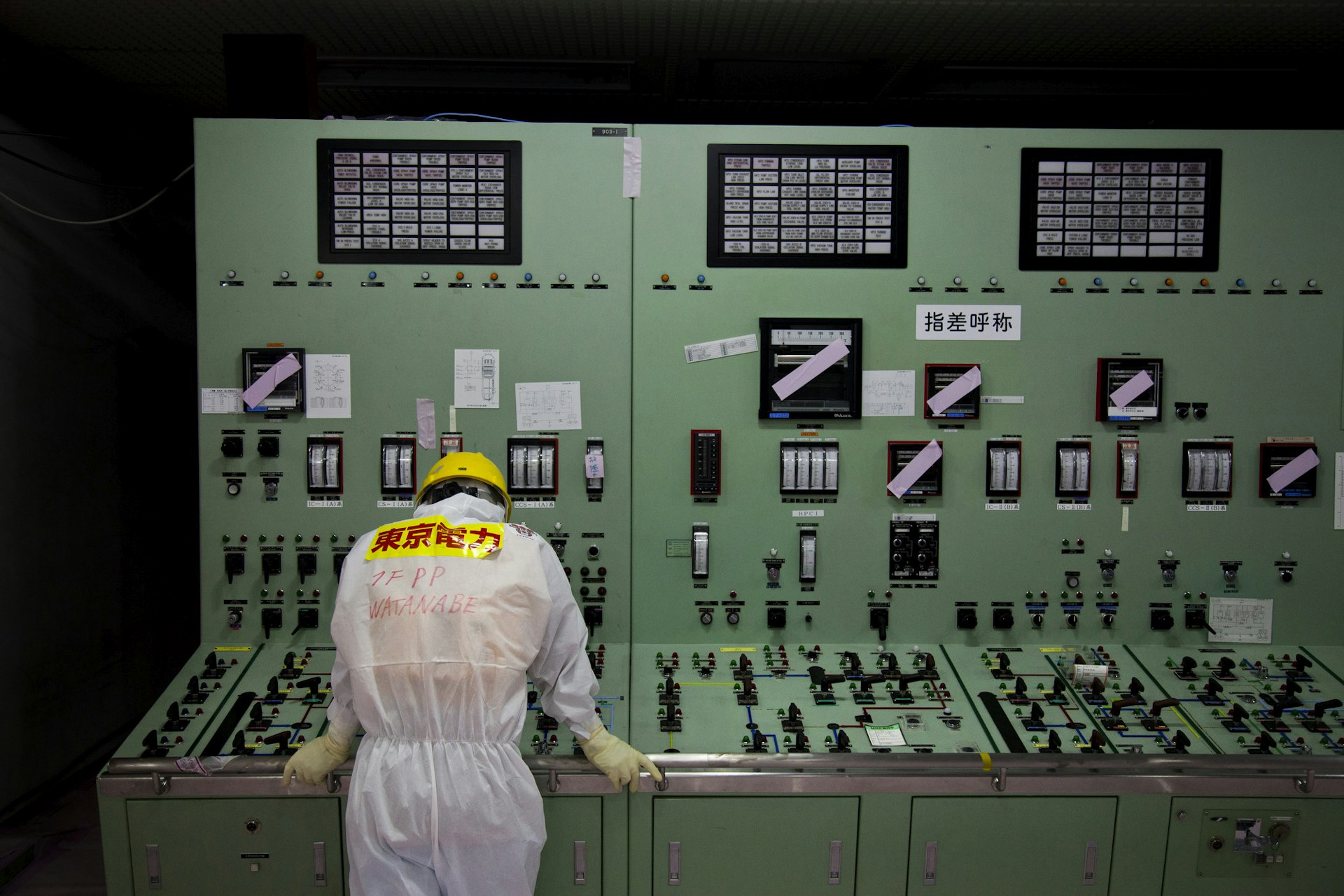
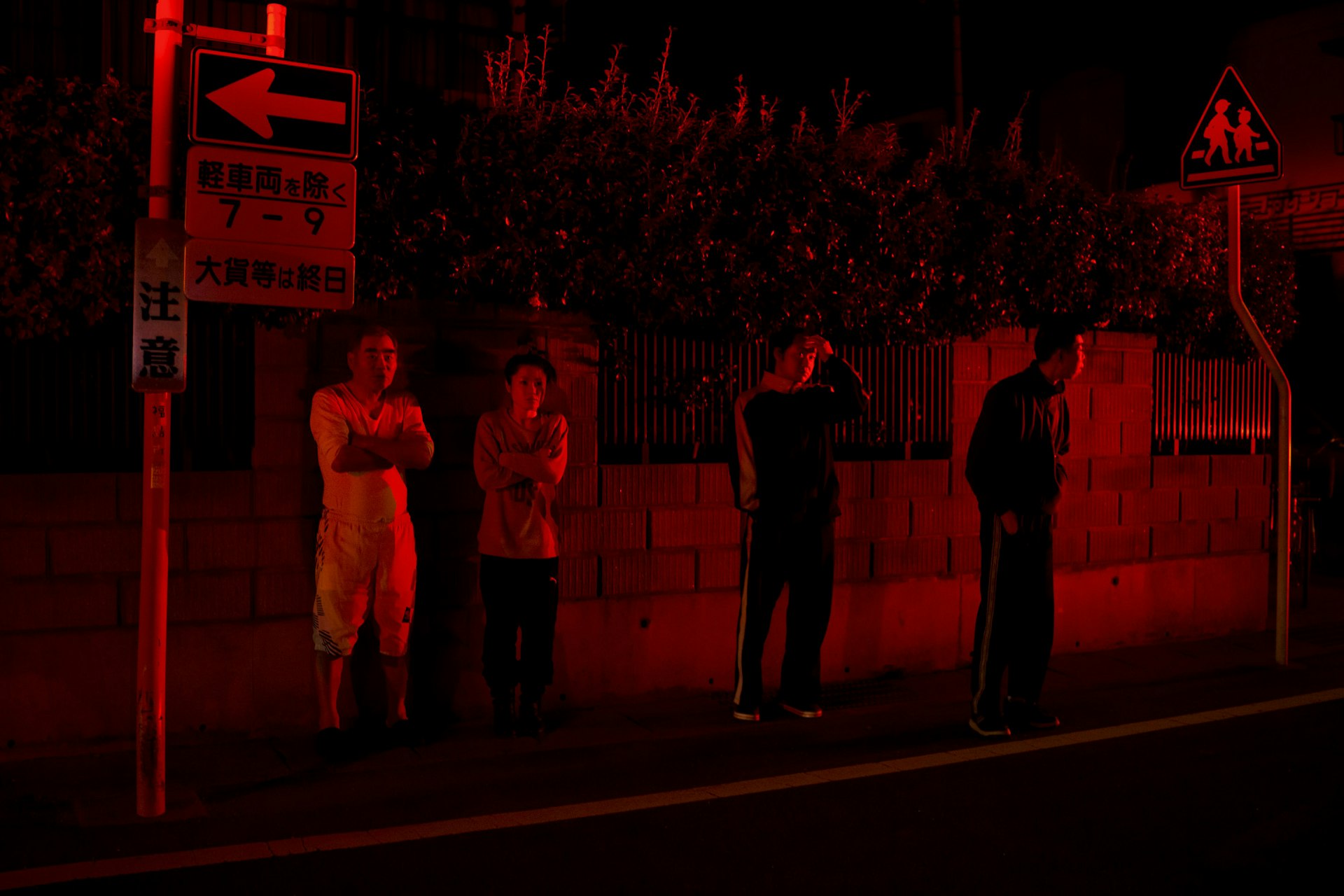
And that’s Japan: change is slow; corporations are very traditional. They do things with cover-ups, setting up sub- companies to take care of something that the main company should manage. You never know what’s really happening.
Early on, we heard reports of people hiding from the radiation cloud in buildings along the coast, without help.
I was horrified that the world didn’t know. I started speaking to people, gathering information: Who died? Who’s sick? Who’s moved back home?
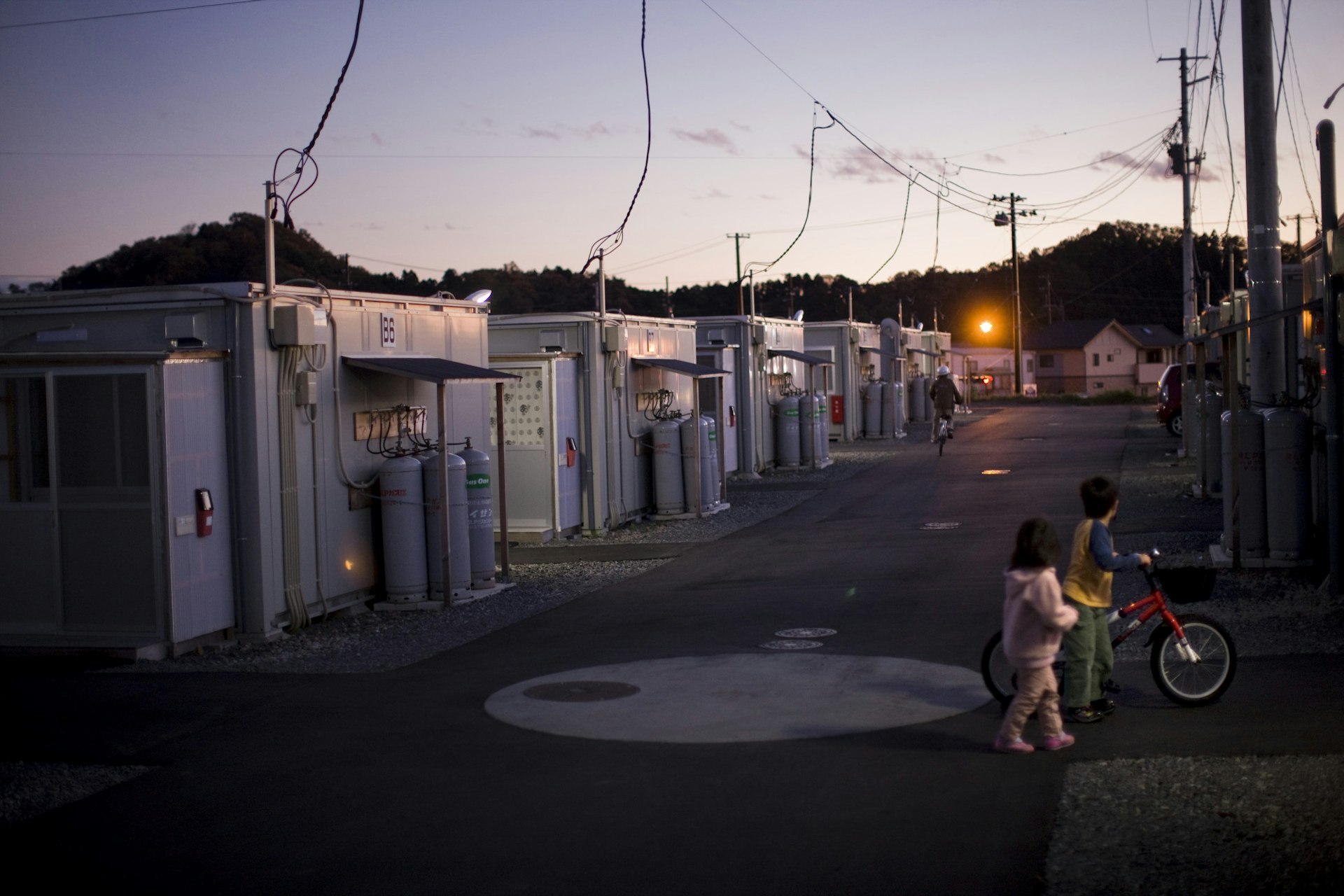
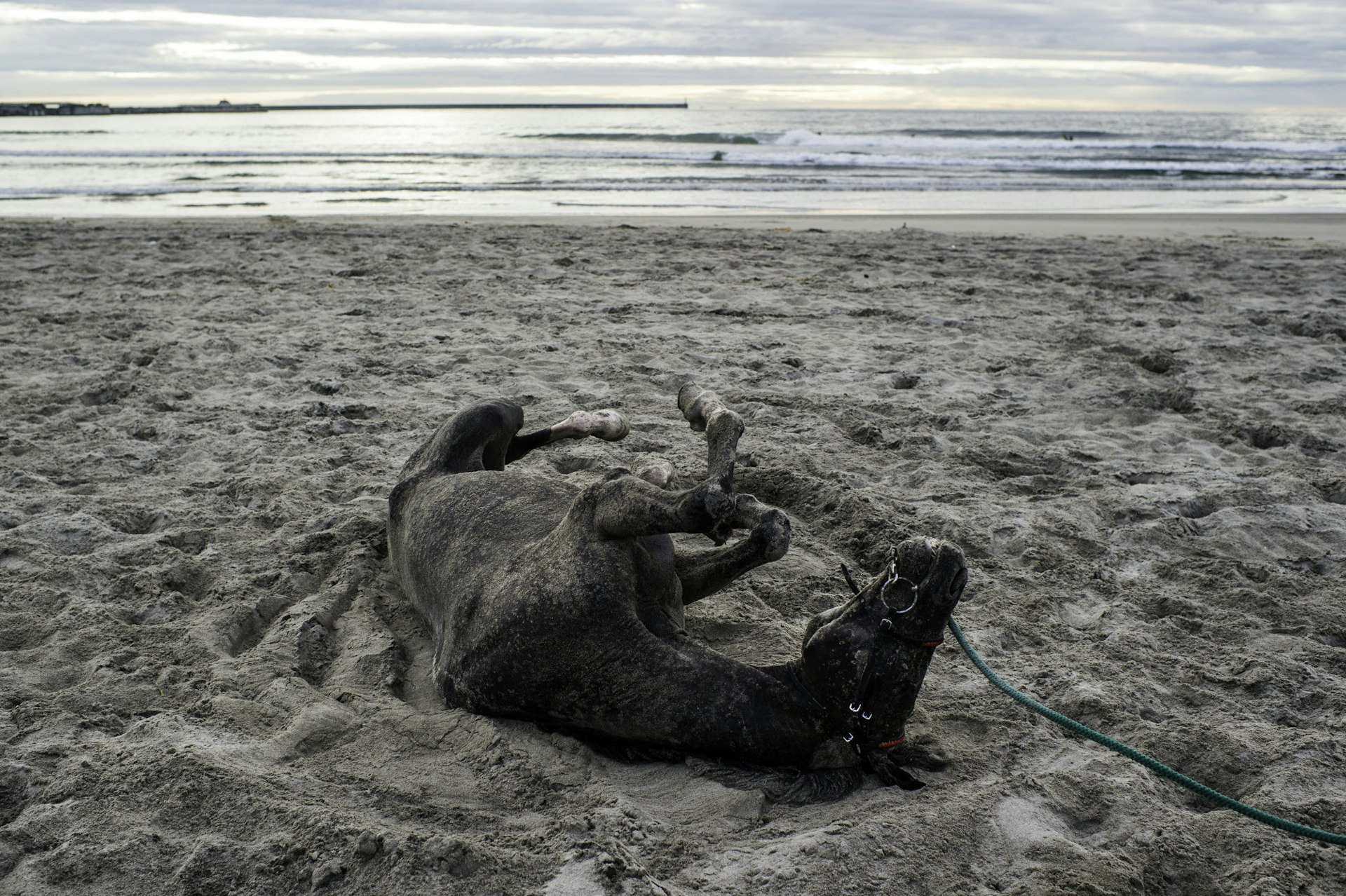
It’s a tough community to crack. But I think the mothers are the silent fighters of Fukushima. They don’t really find time to come together and say, ‘My kid’s sick’, so that other mothers can say, ‘So is mine.’
Everybody is sort of their own island. There is one woman who walks around with a self-made machine, a geiger-counter tied to the bottom of a stick, trying to find all the radiation hotspots.
There’s deep paranoia, a sense of being left alone without help. It’s a constant circle of confusion. People thought the effects of radiation would be clear, but that’s not the case.
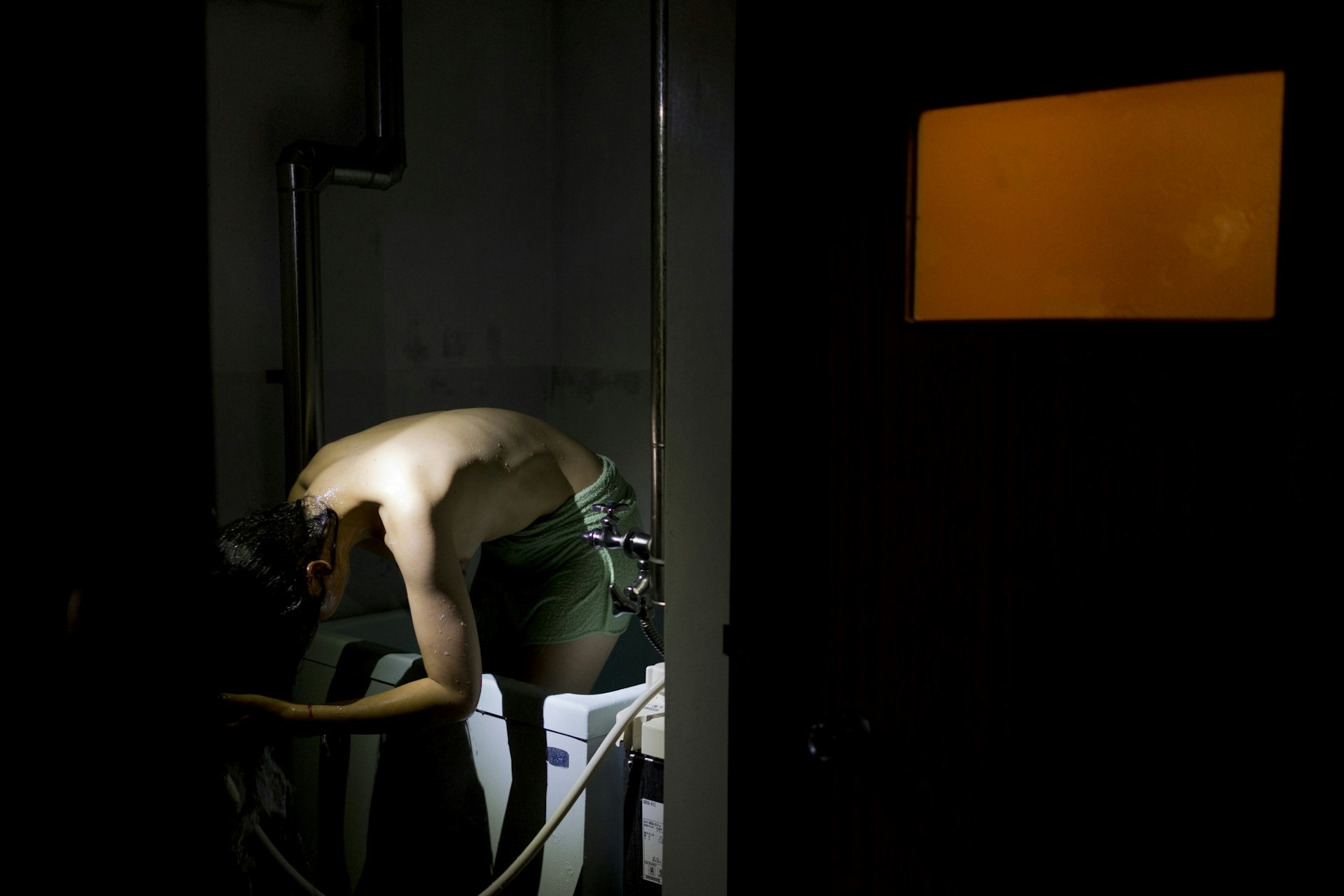

The clouds that followed the hydrogen explosions are so vast, it’s hard to pinpoint a community and say, ‘They are sick because of the cloud.’ Which is why I think I keep going back: I have to find some kind of answer.
I think it’s stubbornness on my part. The husband of one woman I’ve been photographing was a nuclear worker who had died. Then she died from cancer as well.
But before she passed away, she told her daughter, ‘Call Dominic to come photograph my funeral,’ to prove what was going on. I was stuck on assignment in Iraq and it still haunts me that I didn’t go.
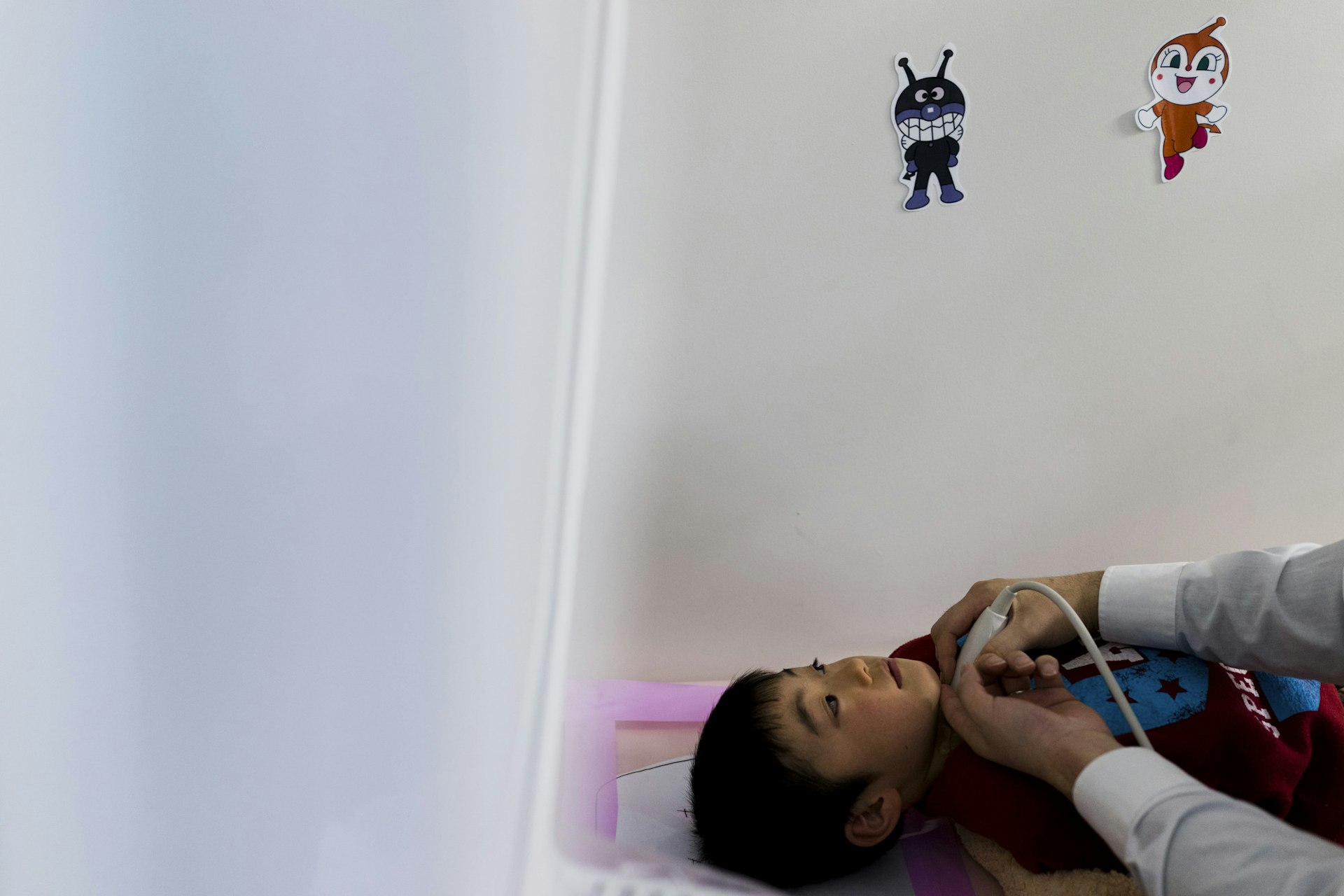
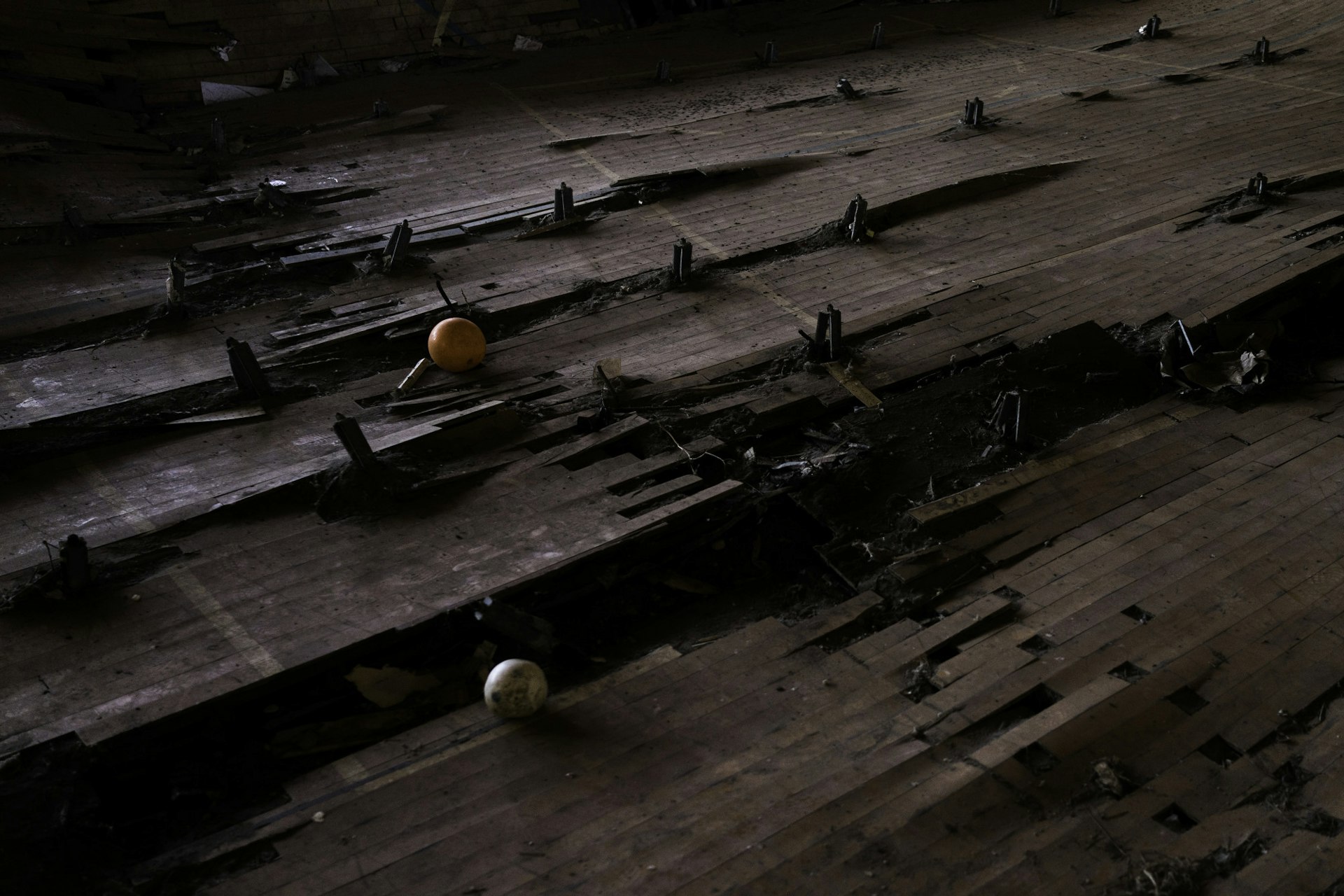
All I know now is that the next time a family who trusts me wants me to speak for them, I’d better find a way to get there.
I can’t really relax by sitting on a beach to recuperate from my work in East Africa. I still want to keep working and fighting, in a way, and Japan lets me do that. It’s calmer. It’s quieter.
I spend lots of time talking to people and also just walking the streets alone in the middle of nowhere.
There’s this kind of rhythm that can be good and bad. After one four-month trip, I think I disappeared too far into Fukushima. The spiritual side of Japan is strong.

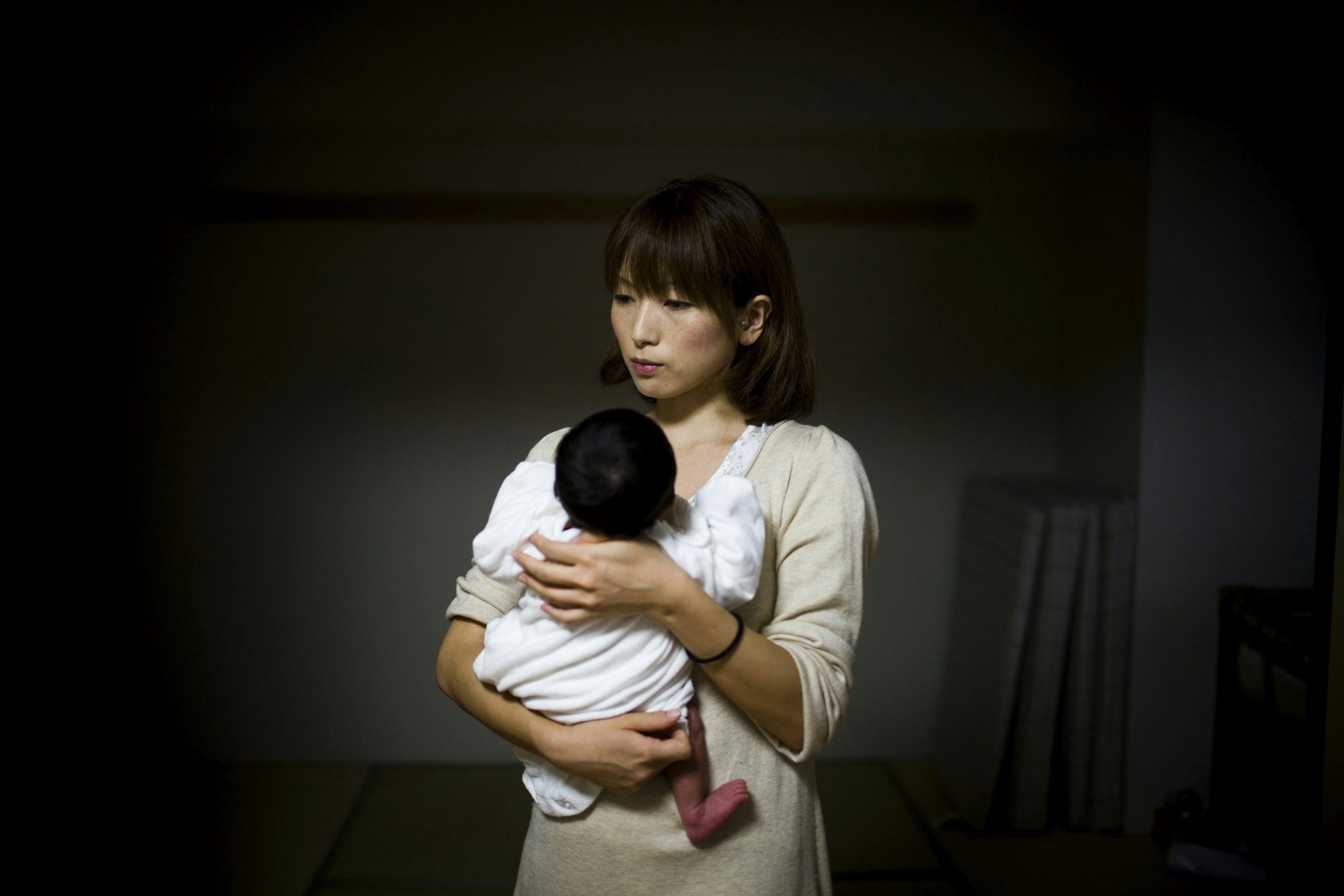
On my first trip, I spent seven days in a temple where survivors were taking refuge, and it was the first time I really started to mourn.
I think about my father, and my family whenever I’m there; I think about all the people I have met over the course of five years that I visit over and over again.
Whenever you leave a story, it continues after the excitement is gone. I can’t imagine what it will feel like to still be working on this after 10 years. It’s a privilege to have that opportunity, to just witness life move forward.
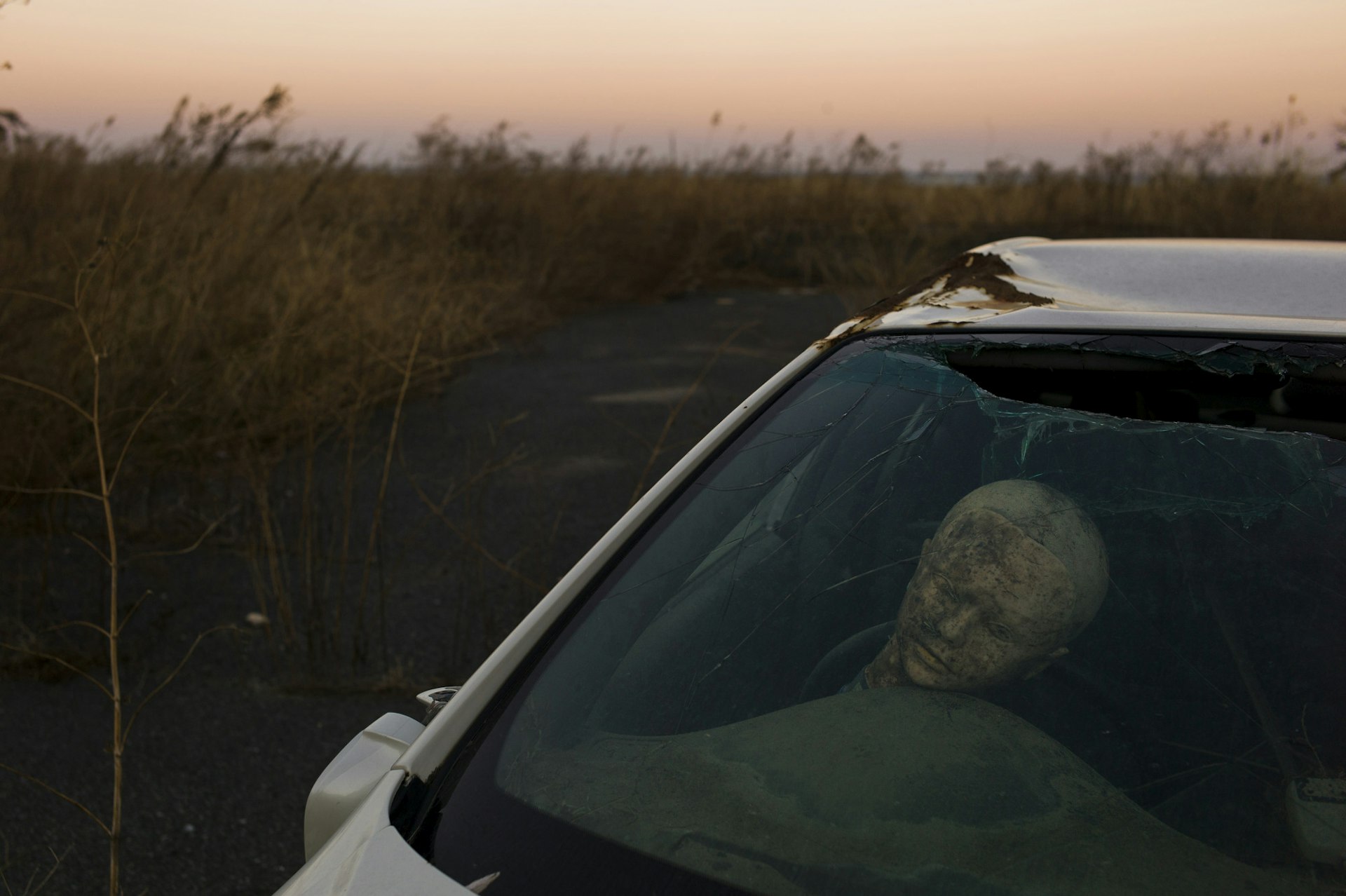
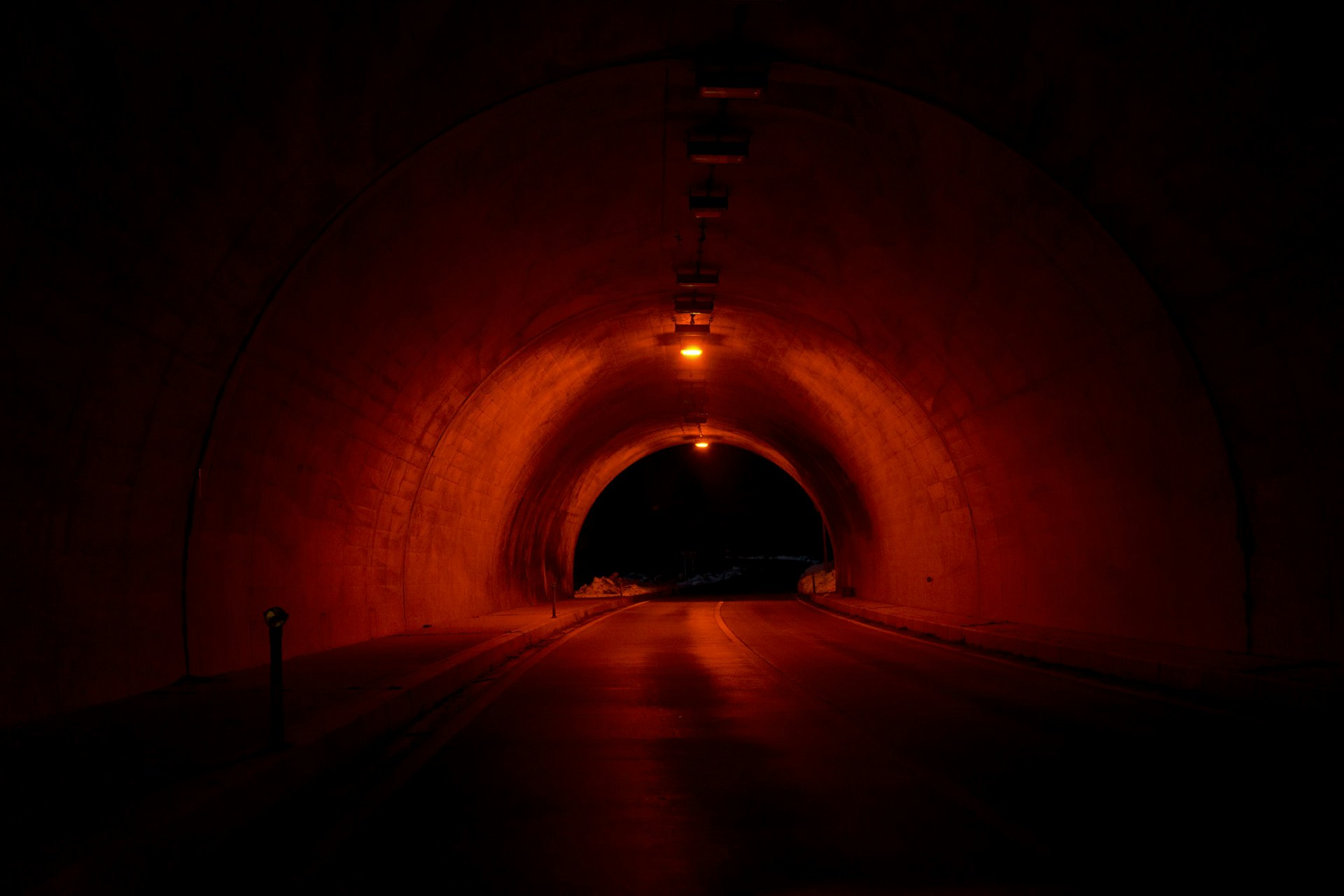
I keep having to remind myself that it’s slow journalism, that it’s okay for it to take a long time. I’m hoping that over the years things will make sense.
But as things become clearer, they also become more complex.
By the end, it will be a case of looking at everything, all the notes, and trying to piece it all together. Hopefully with someone really smart.
This article appears in Huck 57 – The Documentary Photo Special IV. Subscribe today so you never miss another issue.
Check out the portfolio of photographer Dominic Nahr or follow him on Instagram.
Enjoyed this article? Like Huck on Facebook or follow us on Twitter.
